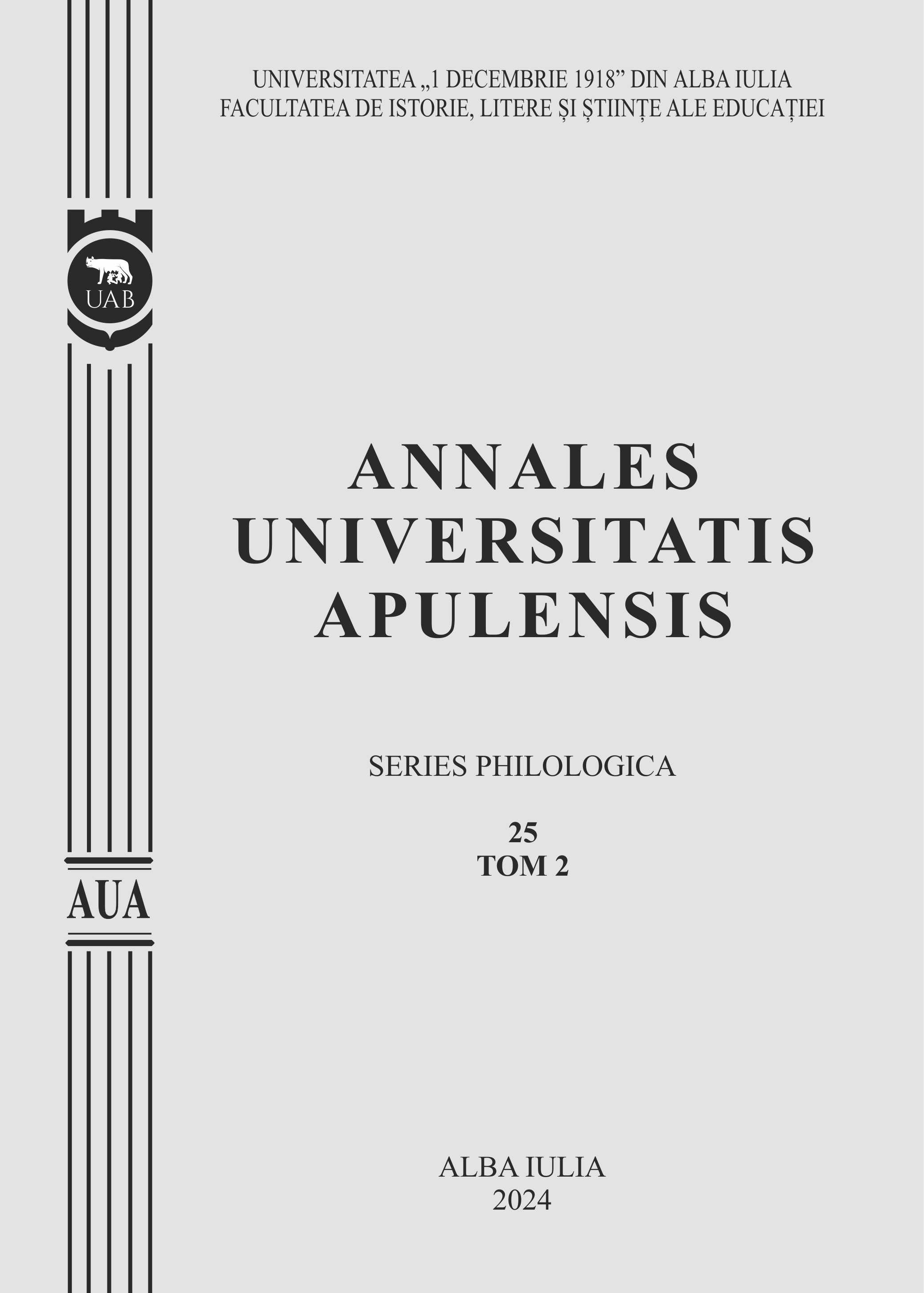TRANSLATION WORKFLOW AFTER TRANSLATION – A POSSIBLE ‛AFTERLIFE’ OF TRANSLATION?
TRANSLATION WORKFLOW AFTER TRANSLATION – A POSSIBLE ‛AFTERLIFE’ OF TRANSLATION?
Author(s): FLAVIA-MARIA HEMCINSCHISubject(s): Language and Literature Studies, Translation Studies
Published by: Universitatea »1 Decembrie 1918« Alba Iulia
Keywords: translation; afterlife; survival; living on; editing; revision; proofreading
Summary/Abstract: Almost any text can be subjected to translation, and translation is a complex process not just from a linguistic point of view, but also from the perspective of the translation workflow. There is still a lot taking place after the process of translation per se is completed.Walter Benjamin believed that what translation achieves is a contribution to the “afterlife” (Überleben) of the source text, not only through information transmission, but also through the transmission of values pertaining to the source text culture. Yet, translation in turn is subjected to various changes, before its delivery, to guarantee the best possible version of the target text. Such changes are regarded as text modifications, and they are also part of the translation workflow management, but they may also be regarded as means of improving translations and perhaps leading to better translation practices in time.These changes may encompass or refer to just some of the following processes: proofreading, revision,and the editing processes and their subtypes. While proofreading is strictly linked to the detection and correction of errors, revision focuses on the purpose of the target text and is linked to quality control practices, and both editing and post-editing processes could imply changes of great subtlety. Such text modifications feature their own complexities and should not be delegated to a lower status in the translation workflow process, given that they also feature certain varieties: editing features subtypes such as light or full editing, just as revision features complete, partial or even incomplete revision.The main aim of my article is to highlight the complexity of such text modifications and highlight Walter Benjamin’s concept of afterlife and its correspondent in Jacques Derrida’s writings (survival, living on). The purpose of these actions is to see whether such text modifications occurring after translation may be regarded as ‛afterlifes’ of the translation product, just like translation is considered as an ‛afterlife’ of the source text. While Walter Benjaim stresses the importance of translation in contributing to the transmission of values inherent in the source text (and culture), my humble opinion is that such processes as listed above as part of the translation worklow also lead to better translations, and hence to a better preservation of both source text information and source text values.
Journal: Annales Universitatis Apulensis. Series Philologica
- Issue Year: 25/2024
- Issue No: 2
- Page Range: 289-308
- Page Count: 21
- Language: English

